Obesity is common in many species, and cats and dogs are no exception. Roughly 60% of American pets are carrying too much weight, which can cause assorted health problems, including a shorter life span. To help your furry pal live their best life, help them maintain a healthy weight with our Companion Care Animal Clinic team’s tips for pet weight management.
Pet obesity causes
In many cases, obesity in pets is caused by a calorie imbalance. Put simply, your pet is taking in more calories than they are expending. However, obesity development can be more nuanced than excess calories. Pets can become overweight due to the following factors:
- Diet — An improper diet is the number one cause of obesity in pets. Giving your pet the wrong food, too much food, or too many treats can easily result in weight gain.
- Exercise — With our hectic lifestyles that are only growing busier, it can be tough to find time to ensure your pet receives as much exercise as they need. Certain breeds require minimal activity, but the majority of dog breeds—and cats—need much more physical activity than they receive.
- Genetics — Some pets are blessed with an incredible metabolism that allows them to easily maintain a healthy body condition, whereas others seem to gain weight by simply sniffing a treat. Your pet’s genetic traits and breed can play a role in their weight.
- Health conditions — Some health conditions can increase your pet’s risk for obesity or make it difficult for them to lose weight. Endocrine disorders, such as hypothyroidism and Cushing’s disease, and mobility issues are among the most common problems that can lead to weight gain.
- Medications — Certain medications can cause your pet to gain weight without an increase in appetite, while others can act as an appetite stimulant.
Health consequences of pet obesity
While chunky pets can be particularly adorable, those extra pounds are not healthy. Obesity can increase your pet’s risk for many health conditions, including:
- Osteoarthritis
- Heart disease
- High blood pressure
- Urinary tract infections
- Chronic skin infections
- Respiratory issues
- Diabetes
- Pancreatitis
- Kidney disease
- Heatstroke
- Some cancers
Identifying obesity in pets
It can be difficult to determine whether your pet is overweight, especially if they have thick fur. Instead of relying on the weight ranges outlined by breed standards to determine if your pet is at a healthy weight, evaluate their body condition. A body condition scoring system assesses each pet as an individual, instead of assigning them an acceptable weight based on their breed makeup.
A pet at a healthy weight and ideal body condition should have an easily identifiable waistline, a clearly defined abdominal tuck, and ribs that can be felt with minimal pressure. If you have to push hard to feel your pet’s ribs, or their waistline is more rectangular than hourglass-shaped, they are likely too heavy.
Pet obesity management and prevention
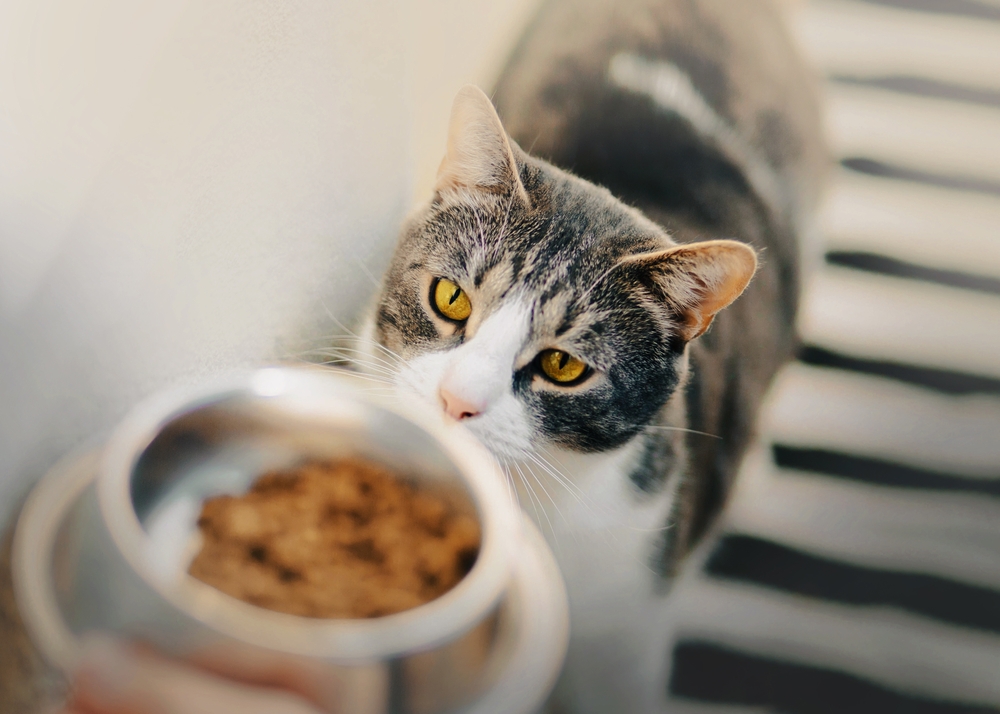
While losing weight is never easy, there are fortunately many ways to help manage your pet’s weight. Help your four-legged friend reach their ideal weight by:
- Calculating calorie requirements — Many pet owners follow the food bag’s guidelines when feeding their pets. However, the manufacturer’s suggestions often overestimate the amount of food your pet should receive. Use a pet calorie calculator to figure out exactly how many calories your furry pal needs each day.
- Measuring out food — When feeding your pet, do you simply fill their bowl? Ensure your pet receives the appropriate amount of food by determining how many cups will provide the amount of calories they need and measuring their food with an actual measuring cup.
- Making healthy treat choices — Commercial treats are convenient, but convenience often comes with high sugar, fat, and calories. Swap out your pet’s commercial snacks for fresh-food options, like cut-up apples, berries, melon, green beans, or carrots. Lean meat, like chicken or turkey breast, can also be a low-calorie treat option, but prepare it separately from yours, without fat and seasonings.
- Encouraging exercise — Although you may be bone-tired after a long day at work, muster up some energy to be active with your pet. Interactive toys are a great way to encourage activity without too much effort on your part, or you can take your four-legged friend for a run, play a game of fetch, or add to their repertoire of tricks.
Are you struggling to tell if your pet is more fat than fur? Or, are you concerned that your four-legged friend’s diet isn’t working? Schedule an appointment with our Companion Care Animal Clinic team to help your furry pal reach and maintain their ideal weight.


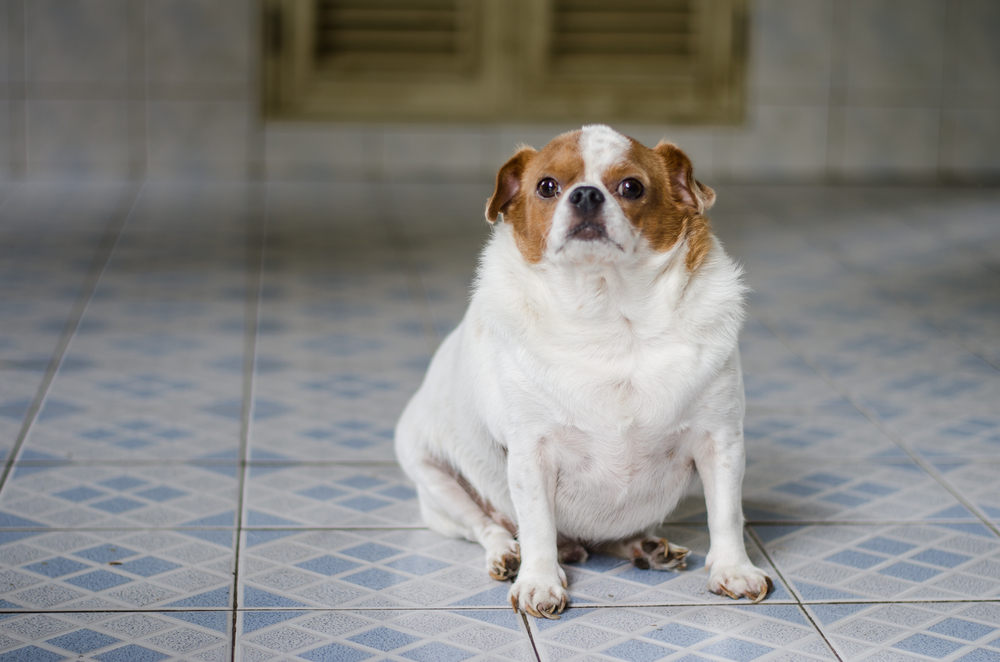
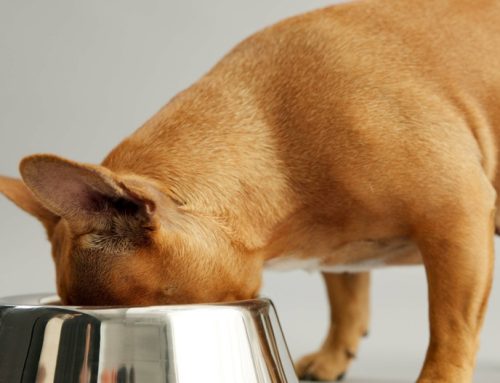
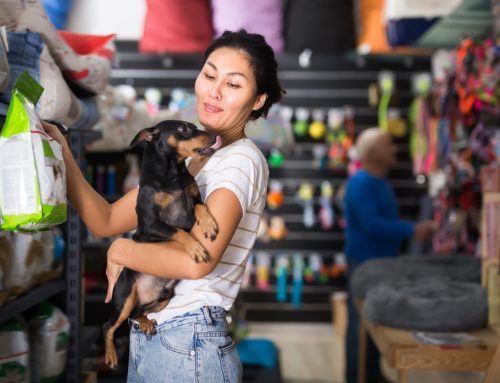

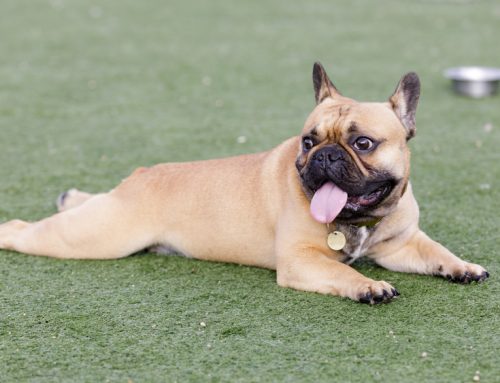
Leave A Comment